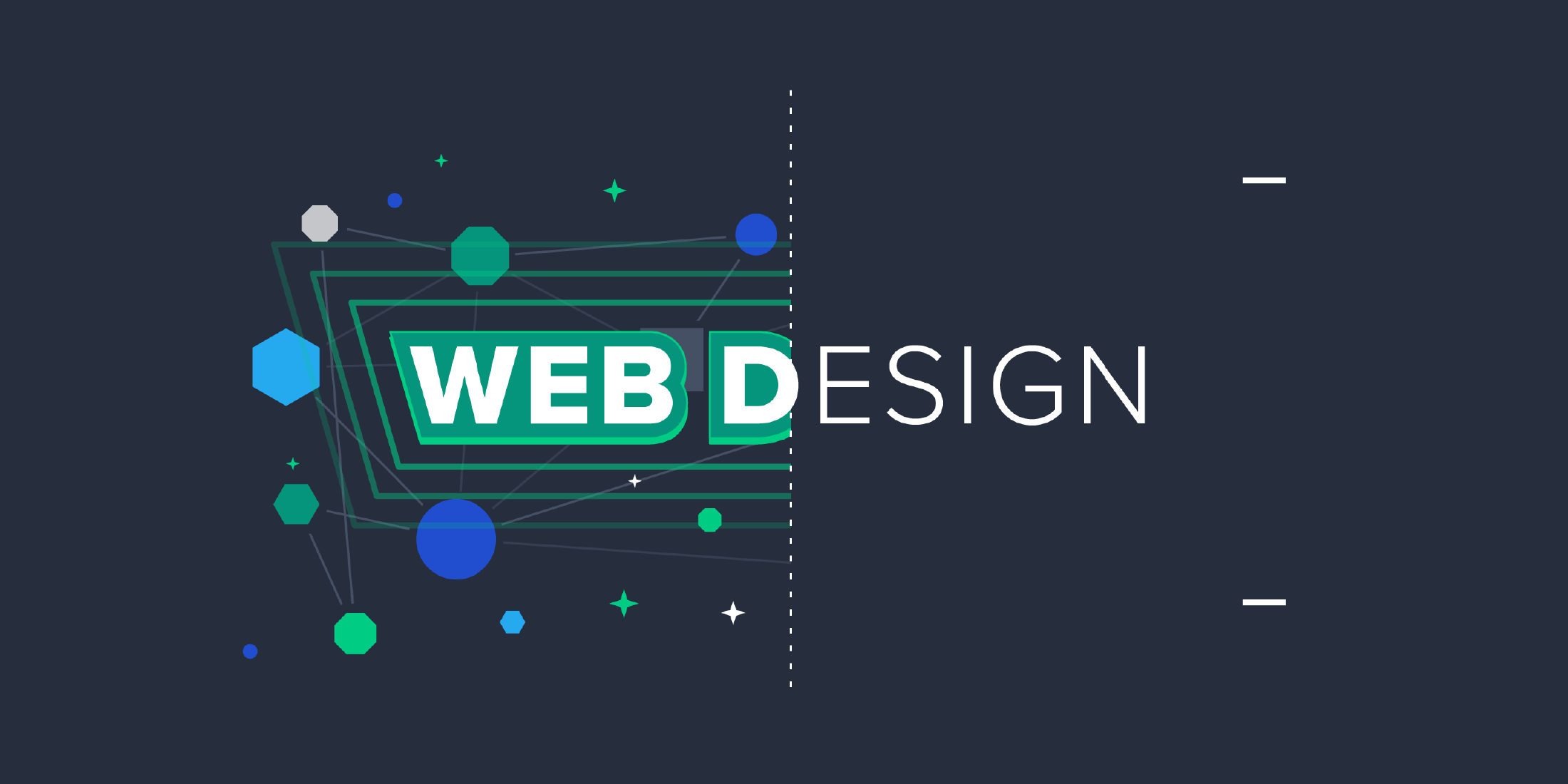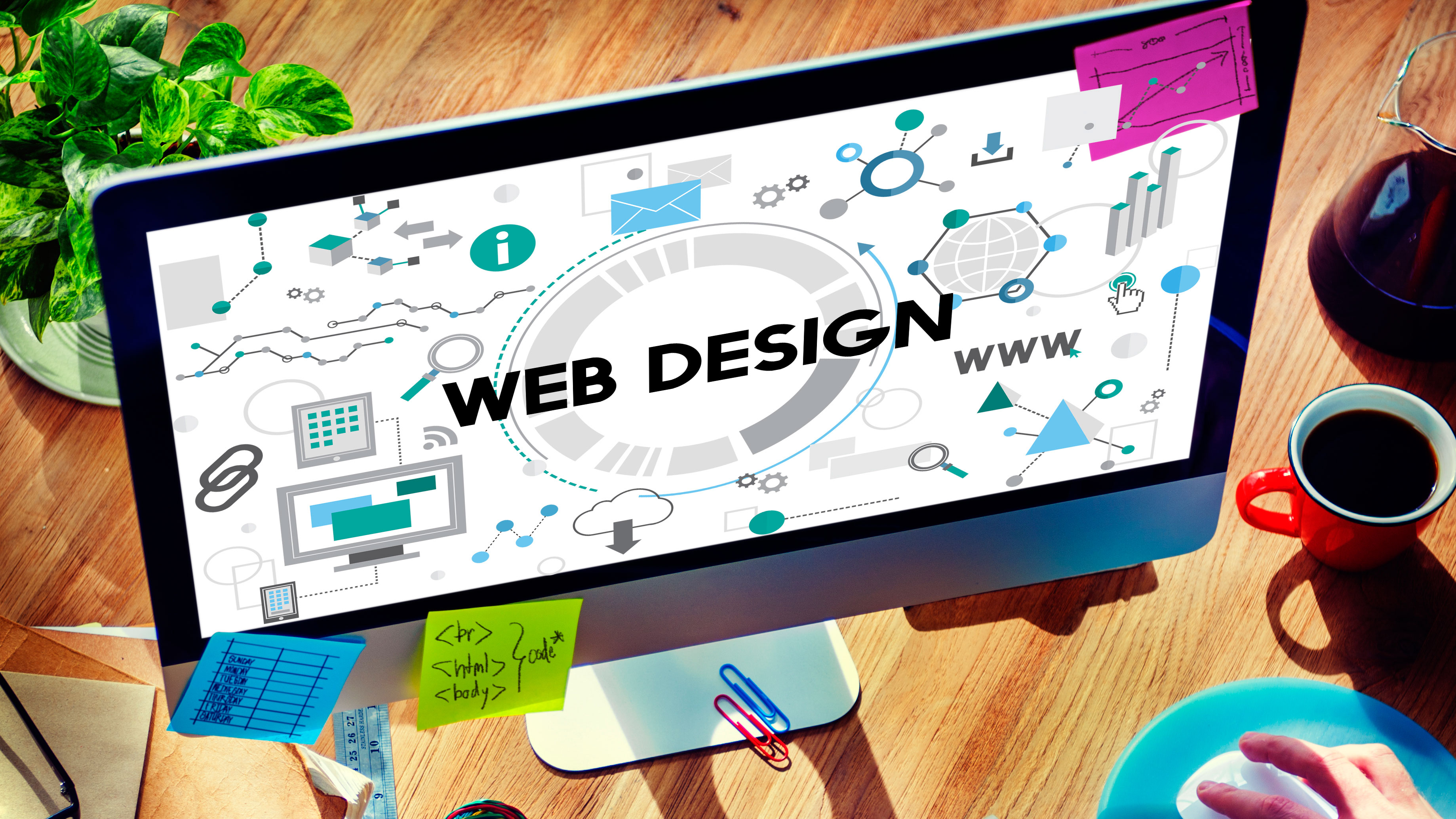All Categories
Featured
Table of Contents
- – $899 - Custom Mobile Friendly Website Design B...
- – Web Design Scholarship - Nyc Digital Marketin...
- – What Can I Do With A Web Design And Developme...
- – 53 Web Design Tools To Help You Work Smarter ...
- – Wicky Design: Philadelphia Web Design Tips an...
- – Redtree Web Design - Pittsburgh Tips and Tric...
- – Why Web Design Is Dead - - Ux Magazine Tips ...
- – Chavez Web Design: Web Design San Diego - Ba...
- – Web Design Service - Professionally Designed...
- – What Can I Do With A Web Design And Developm...
- – Chavez Web Design: Web Design San Diego - Ba...
$899 - Custom Mobile Friendly Website Design By Go Web ... Tips and Tricks:
Quick summary Functionality and the energy, not the visual style, determine the success or failure of a site. Because the visitor of the page is the only individual who clicks the mouse and therefore decides everything, user-centric style has actually established as a standard approach for effective and profit-oriented website design - web design frederick md.
and the utility, not the visual design, determine the success or failure of a site. Considering that the visitor of the page is the only individual who clicks the mouse and for that reason decides everything, user-centric design has actually become a basic method for successful and profit-oriented website design. After all, if users can't use a function, it may also not exist.
g. where the search box must be positioned) as it has actually currently been performed in a variety of articles; rather we concentrate on the approaches which, used correctly, can cause more advanced style decisions and simplify the process of viewing provided info. Please observe that you may be interested in the usability-related short articles we have actually published before: Principles Of Excellent Website Design And Efficient Website Design Guidelines, In order to utilize the principles correctly we initially need to understand how users engage with websites, how they believe and what are the standard patterns of users' habits.
Web Design Scholarship - Nyc Digital Marketing Agency Tips and Tricks:
Visitors glimpse at each brand-new page, scan a few of the text, and click on the first link that catches their interest or vaguely resembles the thing they're looking for. In truth, there are large parts of the page they do not even take a look at. A lot of users browse for something fascinating (or useful) and clickable; as quickly as some appealing candidates are found, users click.
If a page offers users with top quality material, they want to jeopardize the content with advertisements and the design of the website. This is the factor why not-that-well-designed websites with premium content gain a great deal of traffic over years. Material is more vital than the design which supports it.

Very simple concept: If a website isn't able to satisfy users' expectations, then designer failed to get his task done properly and the company loses cash. The higher is the cognitive load and the less instinctive is the navigation, the more ready are users to leave the site and search for options.
What Can I Do With A Web Design And Development Degree? Tips and Tricks:
Neither do they scan website in a linear style, going sequentially from one site section to another one. Rather users satisfice; they pick the first sensible choice. As soon as they discover a link that appears like it might lead to the goal, there is a great possibility that it will be immediately clicked.
It does not matter to us if we comprehend how things work, as long as we can use them. If your audience is going to imitate you're creating billboard, then style terrific billboards." Users wish to be able to manage their internet browser and depend on the consistent information discussion throughout the site.
If the navigation and site architecture aren't instinctive, the variety of concern marks grows and makes it harder for users to comprehend how the system works and how to obtain from point A to point B. A clear structure, moderate visual clues and quickly identifiable links can help users to discover their course to their aim.
53 Web Design Tools To Help You Work Smarter In 2022 Tips and Tricks:

Because users tend to check out sites according to the "F"-pattern, these 3 statements would be the first elements users will see on the page once it is loaded. The design itself is basic and intuitive, to comprehend what the page is about the user requires to browse for the response.
When you've attained this, you can communicate why the system works and how users can benefit from it. Individuals won't utilize your web website if they can't discover their method around it. 2. Don't Misuse Users' Persistence, In every task when you are going to use your visitors some service or tool, try to keep your user requirements very little.
First-time visitors want to, not filling long web forms for an account they might never use in the future. Let users explore the website and discover your services without forcing them into sharing private information. It's not affordable to require users to go into an email address to test the function.
Wicky Design: Philadelphia Web Design Tips and Tricks:
And that's what you desire your users to feel on your web site. The registration can be done in less than 30 seconds as the kind has horizontal orientation, the user does not even require to scroll the page.
A user registration alone suffices of an impediment to user navigation to cut down on incoming traffic. 3. Manage To Focus Users' Attention, As websites provide both static and dynamic material, some aspects of the user interface attract attention more than others do. Certainly, images are more appealing than the text just as the sentences marked as bold are more attractive than plain text.
Focusing users' attention to particular locations of the site with a moderate use of visual aspects can assist your visitors to obtain from point A to point B without thinking about how it really is supposed to be done. The less question marks visitors have, the they have and the more trust they can develop towards the business the site represents.
Redtree Web Design - Pittsburgh Tips and Tricks:
4. Make Every Effort For Function Exposure, Modern website design are typically criticized due to their method of guiding users with aesthetically appealing 1-2-3-done-steps, big buttons with visual effects and so on. But from the design point of view these components actually aren't a bad thing. On the contrary, such as they lead the visitors through the site material in a very simple and user-friendly method.
The website has 9 main navigation options which are visible at the first glance. The option of colors might be too light, though. is an essential principle of successful user interface design. It doesn't really matter how this is achieved. What matters is that the material is well-understood and visitors feel comfy with the way they interact with the system.
Rather a price: simply what visitors are looking for. An optimum service for effective writing is touse brief and succinct phrases (come to the point as rapidly as possible), usage scannable layout (categorize the content, use several heading levels, utilize visual elements and bulleted lists which break the flow of consistent text blocks), use plain and objective language (a promotion doesn't require to sound like advertisement; offer your users some affordable and objective reason why they should utilize your service or stay on your site)6.
Why Web Design Is Dead - - Ux Magazine Tips and Tricks:
Users are hardly ever on a website to enjoy the style; additionally, for the most part they are trying to find the information despite the style - web design frederick md. Pursue simplicity rather of intricacy. From the visitors' viewpoint, the finest website design is a pure text, without any ads or further material blocks matching precisely the query visitors utilized or the content they've been looking for.
Finch clearly provides the details about the website and gives visitors an option of choices without overcrowding them with unnecessary material. 7. Don't Be Scared Of The White Area, Actually it's truly tough to overstate the significance of white area. Not only does it help to for the visitors, however it makes it possible to perceive the info provided on the screen.
Complex structures are harder to read, scan, analyze and deal with. If you have the choice between separating two design sections by a noticeable line or by some whitespace, it's typically better to use the whitespace solution. (Simon's Law): the better you manage to supply users with a sense of visual hierarchy, the much easier your material will be to view.
Chavez Web Design: Web Design San Diego - Bakersfield ... Tips and Tricks:
The very same conventions and guidelines ought to be applied to all elements.: do the most with the least amount of hints and visual aspects. 4 significant points to be thought about: simpleness, clearness, diversity, and focus. Simpleness includes just the components that are essential for communication. Clearness: all components need to be designed so their meaning is not uncertain.
Conventions Are Our Good friends, Conventional style of site elements does not result in a boring website. As they lower the discovering curve, the need to figure out how things work. It would be a functionality nightmare if all websites had various visual discussion of RSS-feeds. That's not that various from our regular life where we tend to get used to basic concepts of how we arrange information (folders) or do shopping (positioning of items).
understand what they're anticipating from a site navigation, text structure, search positioning etc. A typical example from functionality sessions is to equate the page in Japanese (presuming your web users do not know Japanese, e. g. with Babelfish) and offer your usability testers with a job to discover something in the page of various language.
Web Design Service - Professionally Designed Websites Tips and Tricks:
Steve Krug suggests that it's much better to, but make the most of conventions when you don't. 10. Test Early, Test Frequently, This so-called TETO-principle should be applied to every web style project as functionality tests often offer into considerable issues and problems related to an offered design. Test not far too late, not insufficient and not for the incorrect reasons.
Some important points to keep in mind: according to Steve Krug, and testing one user early in the task is much better than testing 50 near completion. Accoring to Boehm's first law, errors are most frequent during requirements and style activities and are the more pricey the later they are gotten rid of.
That means that you design something, test it, repair it and then check it once again. There may be issues which have not been found throughout the very first round as users were virtually obstructed by other problems.
What Can I Do With A Web Design And Development Degree? Tips and Tricks:

This holds for designers too. After you have actually worked on a website for few weeks, you can't observe it from a fresh perspective any longer. You know how it is built and therefore you know precisely how it works you have the wisdom independent testers and visitors of your site would not have.
It can be linked to other areas such as graphic style, user experience, and multimedia arts, however is more appropriately seen from a technological standpoint. It has ended up being a large part of individuals's daily lives. It is tough to picture the Web without animated graphics, different designs of typography, background, videos and music.

During 1991 to 1993 the World Wide Web was born. Text-only pages could be seen utilizing a basic line-mode web browser. There had actually been no integrated approach to graphic style components such as images or sounds.
Chavez Web Design: Web Design San Diego - Bakersfield ... Tips and Tricks:
The W3C was developed in October 1994 to "lead the World Wide Web to its complete potential by establishing common protocols that promote its development and guarantee its interoperability." This dissuaded any one business from monopolizing a propriety browser and shows language, which could have modified the impact of the World Wide Web as a whole.
As this has taken place the innovation of the web has actually likewise moved on. There have actually also been considerable modifications in the way individuals use and access the web, and this has actually altered how sites are designed. Because completion of the internet browsers wars [] new browsers have been launched. A lot of these are open source implying that they tend to have quicker advancement and are more supportive of new requirements.
Learn more about Lovell Media Group LLC or TrainACETable of Contents
- – $899 - Custom Mobile Friendly Website Design B...
- – Web Design Scholarship - Nyc Digital Marketin...
- – What Can I Do With A Web Design And Developme...
- – 53 Web Design Tools To Help You Work Smarter ...
- – Wicky Design: Philadelphia Web Design Tips an...
- – Redtree Web Design - Pittsburgh Tips and Tric...
- – Why Web Design Is Dead - - Ux Magazine Tips ...
- – Chavez Web Design: Web Design San Diego - Ba...
- – Web Design Service - Professionally Designed...
- – What Can I Do With A Web Design And Developm...
- – Chavez Web Design: Web Design San Diego - Ba...
Latest Posts
Wicky Design: Philadelphia Web Design Tips and Tricks:
Penner Home - Durham Web Design - Penner Web Design ... Tips and Tricks:
Freelance Website Designer Frederick MD
More
Latest Posts
Wicky Design: Philadelphia Web Design Tips and Tricks:
Penner Home - Durham Web Design - Penner Web Design ... Tips and Tricks:
Freelance Website Designer Frederick MD